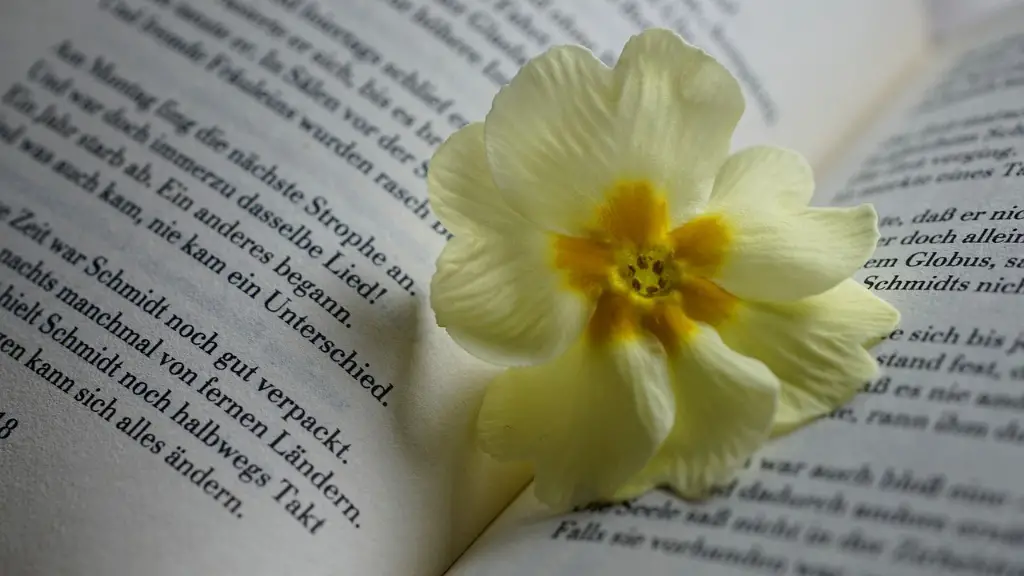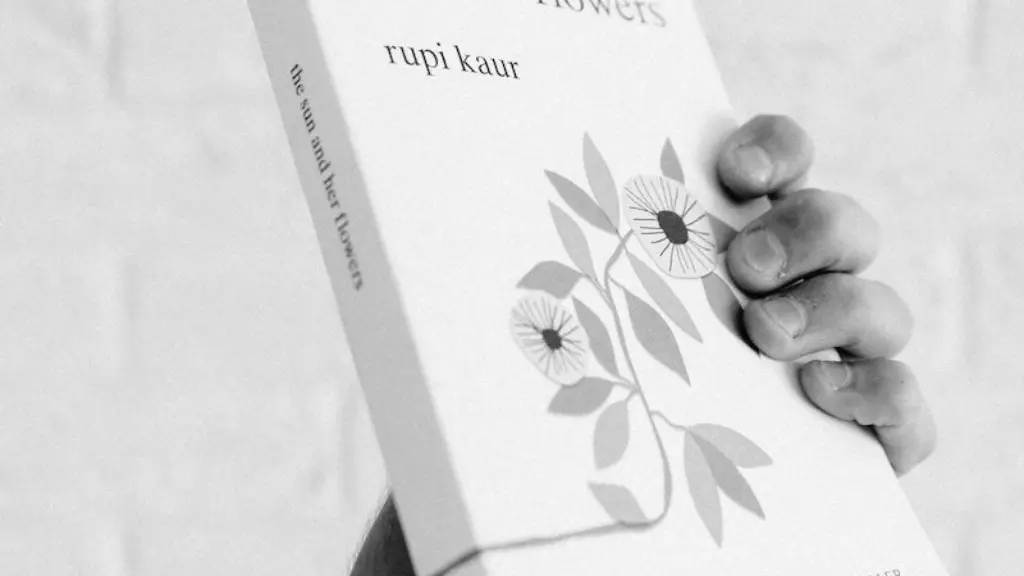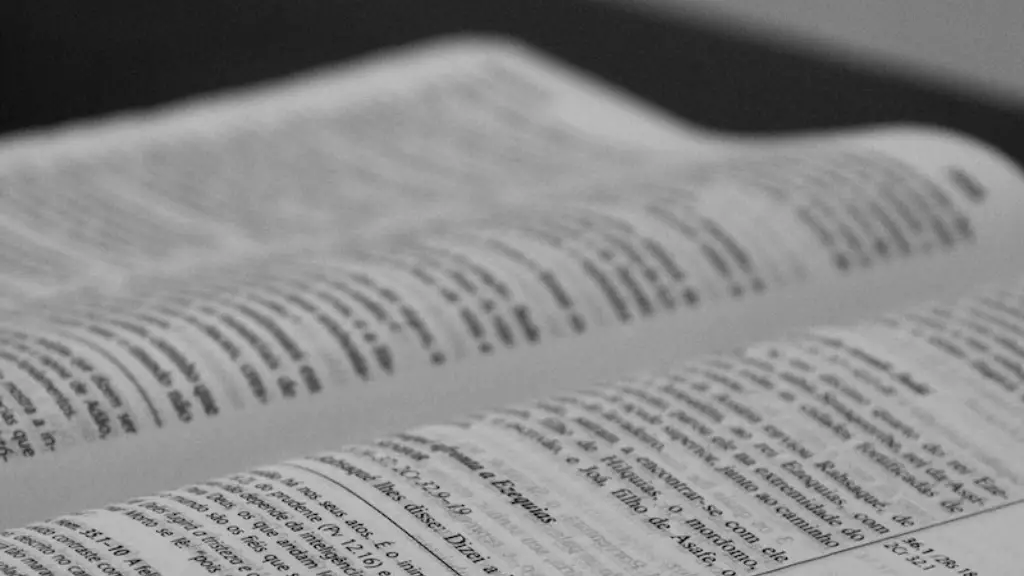Poetry as Expression Without Rules
Poetry has been described as “the spontaneous overflow of powerful feelings” by William Wordsworth, and is often seen as an artistic expression free of the confines of rules and structure. But can poetry be truly free of rules?
The Argument for Rules
For many, the traditional elements of poetry such as metre, rhyme, rhythm and word order are essential. These elements provide structure which guides the reader and enables them to uncover the poem’s meaning. According to acclaimed poet, Robert Frost, “There is no surprise more magical than the surprise of form”. Here Frost suggests poets must have an understanding of what lies beneath the seemingly arbitrary form of their poem in order to tell their story.
When adhering to this traditional style of poetry, a certain order must be followed. Experts agree that the rules of poetry provide the poet a way of experimenting with the form of their poem without having to create the rules themselves.
The Argument against Rules
However, on the other side of the argument, some experts argue that true freedom of expression cannot be achieved when following rules and structure. They suggest that rules only serve to limit the poet’s creativity and that a poem which does not follow the conventional rules is no less meaningful.
The twentieth century poet, E. E. Cummings, based his work on his belief system, which was a rejection of common poetic conventions. He emphasised the importance of breaking poetic rules, as he believed this gave him room to express himself freely. He ignored any rules which limited such freedom.
Reflection
The debate of whether poets should follow or reject rules continues to divide opinion among poets and writers alike. However, it is difficult to completely discount either argument, as the importance of structure is undeniable when creating a poetic work in order to tell a story and convey a meaning. On the other hand, the freedom of creation achieved when disregarding the rules of poetry is hard to ignore, as it allows poets to experiment and explore tremendous possibilities.
The Attraction of Unwritten Rules
Apart from the obvious structure of rhyme and rhythm, there are many other subtle, unwritten rules that are found and adhered to by many. The use of repetition and assonance, for example, can unify a poem and give it a certain flow and texture. Other ‘rules’ such as the placement of line breaks and use of enjambment are key to the success of a poem, as they add depth and interest. These rules are classed as ‘unwritten’ because, although experienced poets often recognise their importance and use them instinctively, this is not something which can be taught.
Tension Between Rules and Creativity
With regards to structure, the tension between the rules and creativity will always be present. It is up to the individual poet to choose how strictly to adhere to these rules without negating the spontaneity and expressiveness of their writing.
However, as all rules must be broken at some point, a poet may find that breaking all the rules at once can provide an extremely rewarding experience. Examples of poets who break the mould, such as E.E. Cummings, are evidence of this. Here, the poet is able to truly express themselves and the narrative of their poem is not constrained by the traditional rules of poetry.
The Poet’s Toolkit
It is perhaps wise to think of rules as more of a tool kit which a poet can draw from as and when needed. Metaphorically speaking, conventional rules can provide the poet with the foundations from which they can create a masterpiece, or conversely, prevent them from reaching their creative peak.
It is entirely up to the individual poet which route to take in order to express themselves. Whether that be adhering to the rules, modifying them or ignoring them entirely is down to personal preference.
Evolution of Poetry
Although many argue that, by their very nature, rules can only be restrictive, it is impossible to ignore the way in which rules have evolved and adapted over the years in order to accommodate newer forms of poetry. By categories such as ‘free verse’, which involves writing a poem without following any strict metric scheme, the flexibility of the genre is clear. Even the most avid fans of following traditional poetic conventions have embraced new techniques and structures which have emerged in recent times.
Conclusion
Ultimately, the debate of whether poetry should abide by rules or break away will continue – and the answer is not definite. For some, structure and the use of rhyme patterns are essential components of poetry, while for others the freedom of expression which breaking the rules can provide is paramount. However, what is certain is that the rules of poetry can only be respected if the poet is willing to make use of them. It is only through experimentation, understanding and examination of these rules can a poet find the balance between structure and expressiveness.


